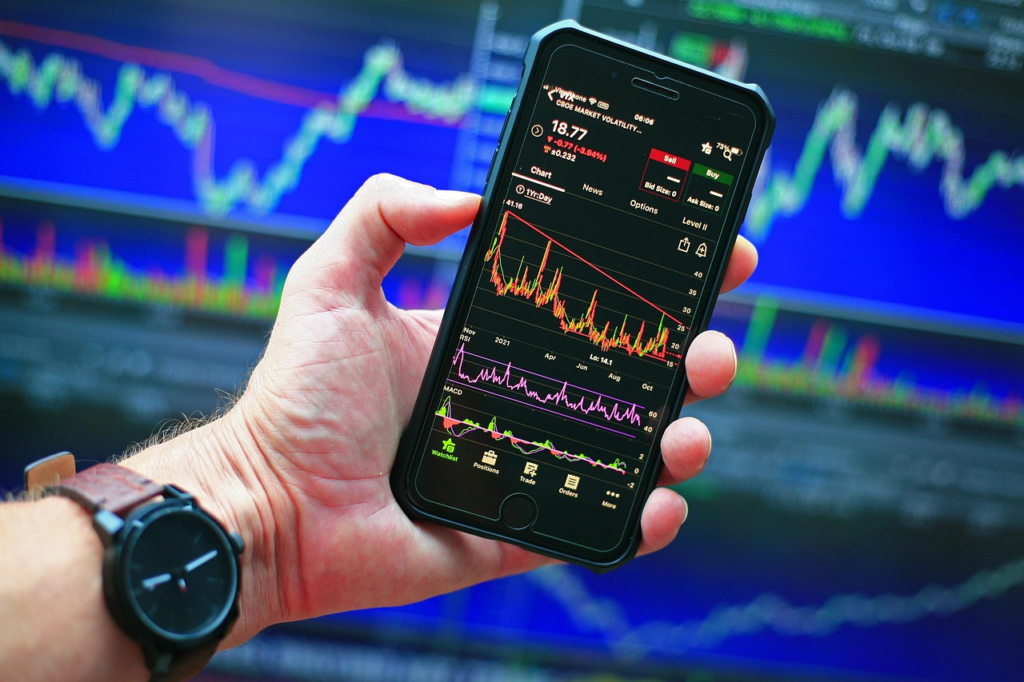The Hidden Power of Dashboards — Why Every Manager Needs One
In today’s fast-paced business environment, managers are expected to make quick decisions while juggling multiple priorities. But without the right visibility, decision-making often becomes guesswork. That is where dashboards come in.
Dashboards are more than just colourful charts or graphs—they are decision-making tools that bring clarity, accountability, and control to a manager’s daily work. When designed well, a dashboard turns raw data into actionable insights, helping leaders focus on what matters most.
This article explores how dashboards empower managers, the difference between real KPIs and vanity metrics, and common mistakes to avoid when rolling them out.
Why Dashboards Matter for Managers
Managers often face two challenges: information overload and lack of clarity. Reports pile up, numbers get lost in spreadsheets, and critical signals are buried in noise. A dashboard solves these problems by:
- Condensing complex data into a single view.
- Highlighting trends and red flags at a glance.
- Enabling faster decisions based on facts, not intuition.
- Creating accountability by showing progress against goals.
Think of a dashboard like the cockpit of an airplane: the pilot does not need every piece of information at once, just the key indicators that matter for safe and effective flying. Managers need the same.
How to Design a Simple Excel Dashboard
Contrary to popular belief, you do not need expensive software to start with dashboards. A simple, well-structured Excel dashboard can work wonders.
Steps to design one:
- Define the purpose – Is the dashboard for sales, operations, or finance? Each should focus on specific goals.
- Identify key metrics – Choose 5–7 indicators that drive outcomes.
- Organize layout – Use clean visuals like bar charts, trend lines, and traffic lights (red/yellow/green indicators).
- Automate updates – Link data to your source files to reduce manual work.
- Keep it simple – Avoid clutter. The best dashboards answer questions in under 60 seconds.
Excel may be basic, but with the right structure, it can give SMEs and managers a head start before moving to advanced tools.
KPIs vs Vanity Metrics
Not all numbers are created equal. A powerful dashboard focuses on KPIs (Key Performance Indicators), not vanity metrics.
- KPIs are actionable and tied to business outcomes. Example: “Customer Acquisition Cost” or “Net Promoter Score.”
- Vanity metrics look good but do not drive decisions. Example: “Number of website visitors” without linking it to conversions.
A simple rule: If the metric does not influence action or decision-making, it does not belong on your dashboard.
Choosing Dashboard Frequency
Another overlooked factor is how often dashboards should be updated. The right frequency depends on the nature of the business:
- Daily Dashboards – best for sales teams, customer support, or operations where real-time tracking matters.
- Weekly Dashboards – ideal for marketing campaigns, project tracking, or team productivity.
- Monthly Dashboards – suited for financial reviews, strategy alignment, and board-level reporting.
Choosing the right cadence ensures managers stay informed without being overwhelmed.
Common Mistakes to Avoid
Dashboards often fail not because of tools, but because of poor design and rollout. Common pitfalls include:
- Too many metrics – when everything is important, nothing is.
- Lack of ownership – if no one is responsible for updating or acting on the data, dashboards become decoration.
- Complex design – fancy visuals that confuse more than clarify.
- No link to decisions – dashboards must guide action, not just look pretty.
A good dashboard is not a report—it is a decision compass.
The Hidden Benefits of Dashboards
When managers consistently use dashboards, the benefits go beyond data visualization:
- Alignment – everyone works toward the same goals.
- Transparency – performance is visible, reducing finger-pointing.
- Motivation – teams see progress and celebrate wins.
- Early warnings – problems are spotted before they escalate.
This is why dashboards are no longer optional—they are a necessity for modern management.
Conclusion: From Data to Decisions
Every manager today has access to data. But data without clarity is noise. Dashboards transform that noise into a structured narrative, enabling managers to lead with confidence. Whether built in Excel or advanced tools, the goal remains the same: visibility, accountability, and control.
At SP Brainworks, we have helped leaders design dashboards that are not just attractive slides, but actionable systems driving real business growth.


